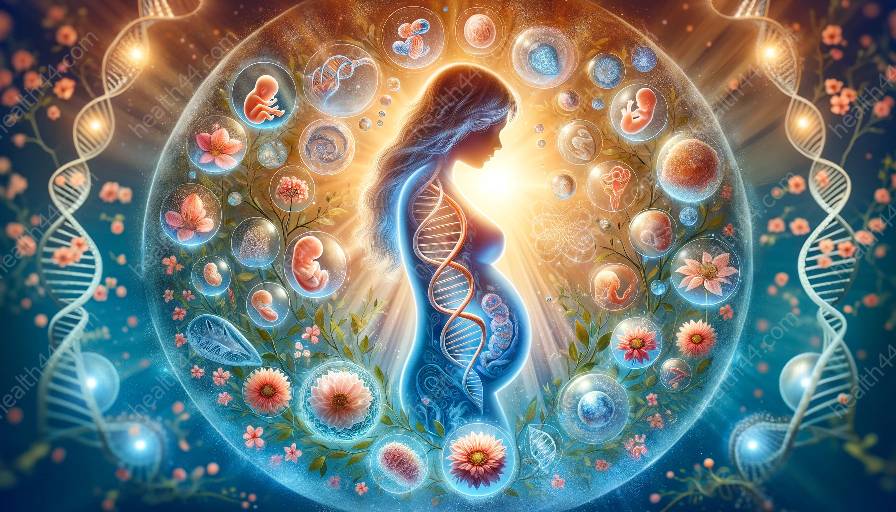The placenta plays a crucial role in pregnancy by ensuring the supply of nutrients and oxygen to the developing fetus. The regulatory mechanisms involved in placental development and function are intricate and essential for fetal growth and development.
Regulation of Trophoblast Cell Proliferation and Differentiation
Trophoblast cells are the building blocks of the placenta and undergo precise regulation for proper development. Various signaling pathways, such as Wnt/β-catenin and Notch pathways, control trophoblast proliferation and differentiation, ensuring the formation of a functional placenta.
Hormonal Regulation of Placental Function
Hormones, including human chorionic gonadotropin (hCG), progesterone, and estrogen, play crucial roles in regulating placental function. They support the maintenance of pregnancy, stimulate placental growth, and enhance nutrient transport to the fetus.
Immune System Regulation
The immune system also plays a critical role in placental development and function. Immune cells and cytokines contribute to the regulation of trophoblast invasion, vascular remodeling, and the establishment of maternal-fetal tolerance, essential for a successful pregnancy.
Epigenetic Regulation
Epigenetic mechanisms, such as DNA methylation and histone modifications, regulate gene expression in the placenta. These mechanisms influence placental development and function, impacting fetal growth and long-term health.
Regulation of Placental Vasculature
The development and function of the placental vasculature are tightly regulated to ensure proper blood flow and nutrient exchange. Growth factors, such as vascular endothelial growth factor (VEGF), and angiogenic regulators maintain the vascular network within the placenta, contributing to fetal well-being.
Interplay with Fetal Development
The regulatory mechanisms in placental development directly impact fetal development. Nutrient transport, waste elimination, and hormone production by the placenta influence the growth and maturation of the fetus, highlighting the critical interplay between placental and fetal development.
Conclusion
Understanding the regulatory mechanisms involved in placental development and function is vital for ensuring healthy pregnancies and optimal fetal development. From trophoblast regulation to immune system interactions, these mechanisms intricately weave together to support the growth and well-being of the developing fetus.


